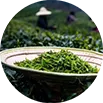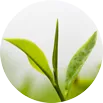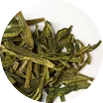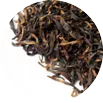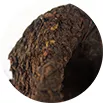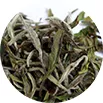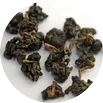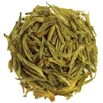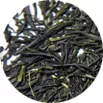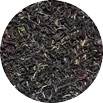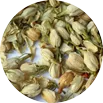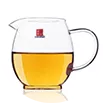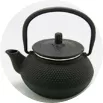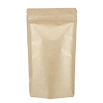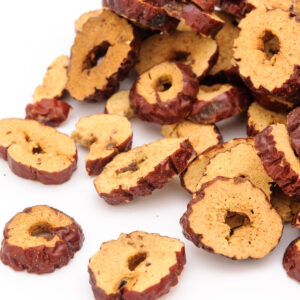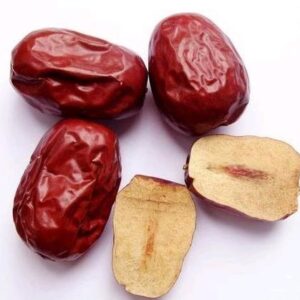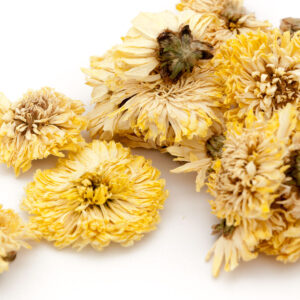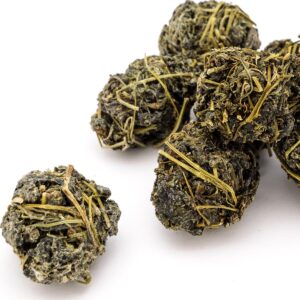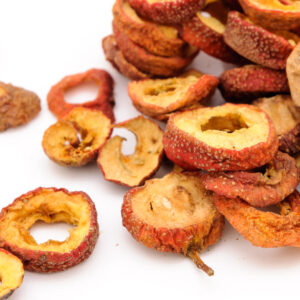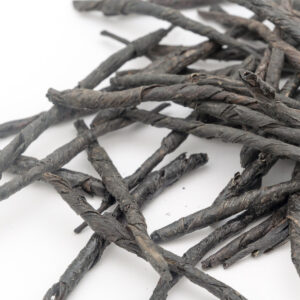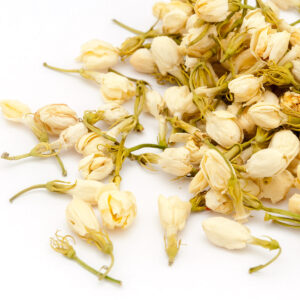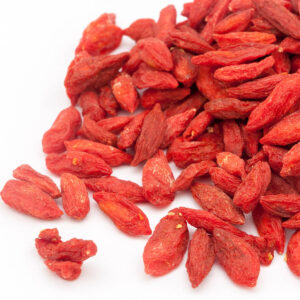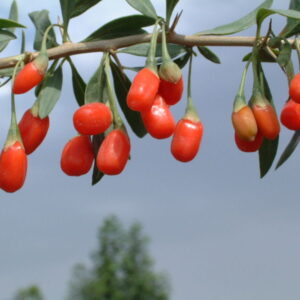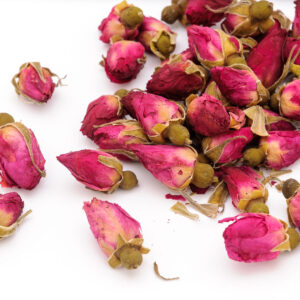Five-leaved Ginseng (jiao gu lan)
Ceratophyllum or Gynostemma is a climbing plant from the pumpkin family, which originated in southern China. Low temperature resistance to -15°C. In winter, the above-ground part disappears, but reappears in spring. It can also be planted in pots. This plant is sometimes called five-leaf ginseng or southern ginseng; it has nothing to do with real ginseng (Panax ginseng).
Hawthorn Berries (shan za)
Dried hawthorn berries (shan-zha, lat. Crataegus cuneata) - helps good digestion, removes fats from blood vessels, lowers blood cholesterol levels and breaks down fatty acids (which helps it lose weight), lowers blood pressure and has heart-specific antioxidant effects, which can help fight most heart diseases.
Holly (ku ding)
Big-leaf holly (ku ding) is one of many holly trees (Paraguay, sharp-leaved, serrated, canary, precise, round, Altacraren, blue). It is an evergreen tree with a height of 20m. The leaves are green and uneven. The fruit is red and spherical. It has an anti-inflammatory, calming liver. It lowers blood pressure and cholesterol levels.
Jasmine Flower (mo li hua)
Dried jasmine flower (moli-hua), Jasminum Sambac. It comes from China, from where it spread further to Arabia and Persia and from there to Europe. It is an evergreen climbing plant or shrub, which grows to a height of 0.5-3 m. According to Chinese medicine, it improves eyesight and promotes smooth menstruation.
Lycium Chinense (goji)
Fresh, only lightly dried Lycium chinense (goji, wolfberries), which has been used throughout China for centuries.
The shape is a bit like raisins, the taste of the fruit is sweet with a slightly sour aftertaste.
In traditional Chinese medicine (TCM) and among ordinary Chinese, goji is considered an indispensable food supplement. It is known for its benefits to the human body, both in young and old age. No negative side effects are known.



